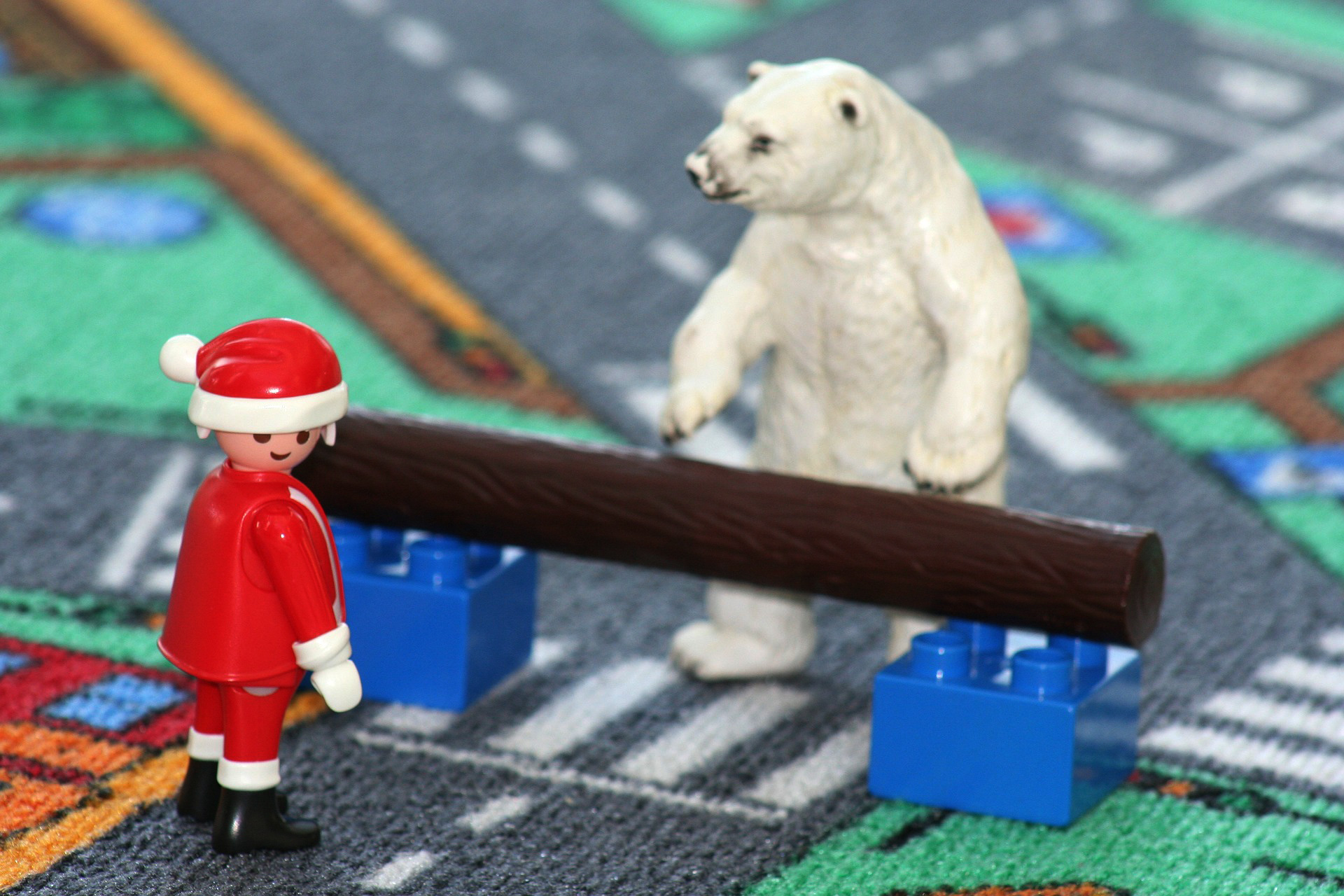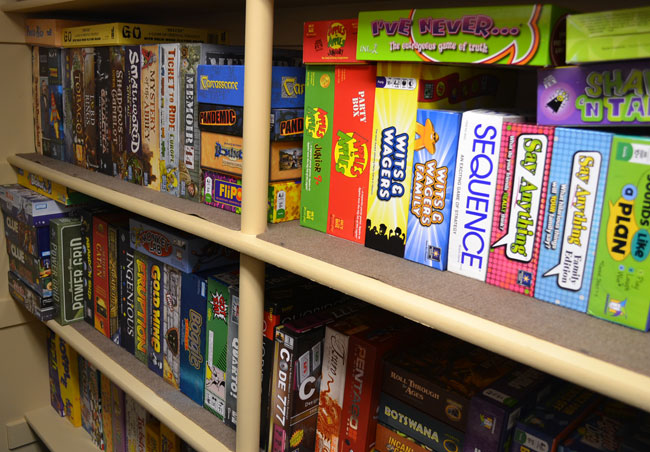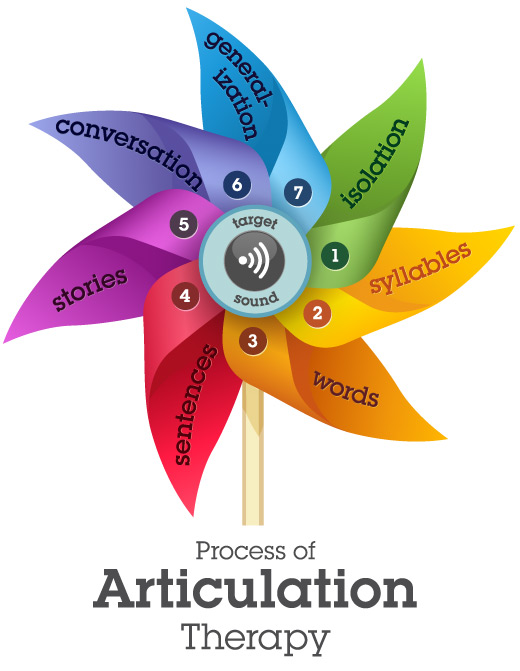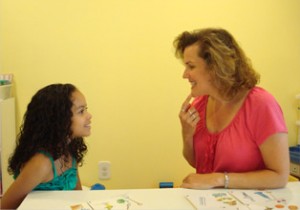 This blog post is for parents who would prefer not to sound like Ben Stein’s class in the iconic John Hughes’ comedy from the 1980’s, Ferris Bueller’s Day Off. “Anyone…anyone?” As your child moves through his or her speech therapy goals, being involved for even a few minutes, three to five times per week, can be enormously beneficial. This is especially true when your child is in the process of practicing a new speech or language behavior that he has learned, but has not yet mastered. Because our children have a lot on the plates, and we as parents don’t want to overwhelm them, I recommend embedding this home-based speech practice into what they already are doing. This often takes the form of games or other overtly play-based activities, as opposed to worksheets, books or anything that could be construed as “work.” Since each age group tends to have different play interests, this post is organizes the choices of games for practicing speech sounds according to age, from birth to age 3, preschool age (age 3 to 5), school age (age 6 to 9), and pre-adolescents (age 10 to 14).
This blog post is for parents who would prefer not to sound like Ben Stein’s class in the iconic John Hughes’ comedy from the 1980’s, Ferris Bueller’s Day Off. “Anyone…anyone?” As your child moves through his or her speech therapy goals, being involved for even a few minutes, three to five times per week, can be enormously beneficial. This is especially true when your child is in the process of practicing a new speech or language behavior that he has learned, but has not yet mastered. Because our children have a lot on the plates, and we as parents don’t want to overwhelm them, I recommend embedding this home-based speech practice into what they already are doing. This often takes the form of games or other overtly play-based activities, as opposed to worksheets, books or anything that could be construed as “work.” Since each age group tends to have different play interests, this post is organizes the choices of games for practicing speech sounds according to age, from birth to age 3, preschool age (age 3 to 5), school age (age 6 to 9), and pre-adolescents (age 10 to 14).
Moving Matters – Activities to Improve Articulation in Kinesthetic Learners
Language Development Pronunciation & Lisps School Speech Therapy Techniques- Image Courtesy of e7d-tom.blogspot.com
The last thing a kinesthetic learner probably wants to do is sit at one more desk, listening to and responding to one more set of directions. These learners thrive on active participation, with the more moving body parts required, the better! Get ready to leave the chair and desk behind and try these inexpensive and easy activities to improve articulation in kinesthetic learners. Continue reading
Modifying Board Games for Articulation Therapy
At Home Ideas Expert Corner Parents' Corner Pronunciation & Lisps Speech Therapy Techniques- Source: theboardgamefamily.com
Nothing says childhood like a good game of Candyland. But what if you could also use great childhood games in speech therapy? Just like the modifications and creative uses of Angry Birdswe wrote about last week, classic games can be cleverly engineered for articulation. Modifying might mean changing the way the game is played or the pieces used to do it. The nature/goal of each game does not need to change too much in order to keep it fun and interesting and lowers your budget for speech therapy materials and if you’re a recent grad struggling with student loan debt , the last thing you can afford is expensive materials. Instead, use what you already have. Games for articulation therapy are easy to create and fun to play.
Great New Spring Themed Articulation Therapy Activities
Speech Therapy TechniquesStuck for new articulation therapy ideas? Whether you’re working at the sound or sentence level, everyone can benefit from some fresh ideas. In honor of the first day of spring coming this week, here are some fun ways to incorporate them into speech therapy activities. This is a great time to buy colorful materials, like eggs or colorful grass. Try to avoid the sweet treats, though they look tempting and have cute shapes (Peeps, Eggs). Making and using some of these activities with plastic materials will make them last until next spring and promote healthy habits.
How to Teach the “Ch” Sound
Speech Therapy TechniquesThe “Ch” Sound
The “ch” sound is produced by touching the tip of the tongue to the roof of the mouth to block the passage of air very briefly before releasing it through the mouth. Say “chicken.” Notice how the tip of your tongue touches the roof of your mouth just behind your front teeth? You might also notice that your lips pucker slightly and that your vocal cords do not vibrate when pronouncing the “ch” sound. This sound is a voiceless stop consonant. It combines the “t” and “sh” sounds.





